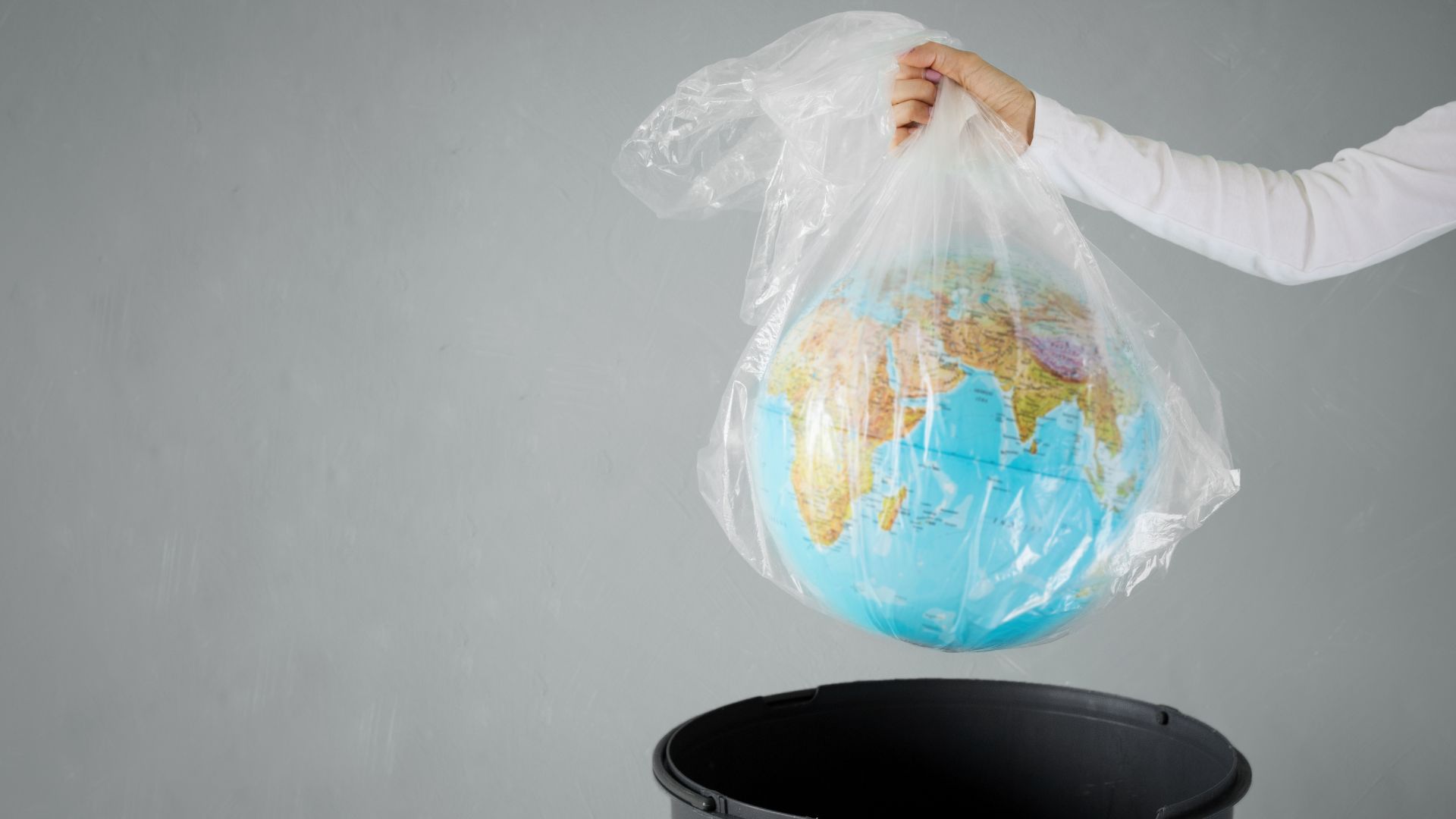Bioplastics: How Bioengineering is Tackling the Global Plastic Crisis

Plastic pollution is a major environmental problem, but biotechnology is providing innovative solutions through the development of bioplastics. Unlike traditional plastics derived from fossil fuels, bioplastics are made from renewable resources such as plant starch, algae, or microbial fermentation. These materials offer a more sustainable alternative with the potential to reduce plastic waste and environmental harm.

One type of bioplastic, polylactic acid (PLA), is derived from fermented plant sugars and is commonly used in packaging, disposable cutlery, and 3D printing. Another promising material, polyhydroxyalkanoates (PHA), is produced by bacteria and is biodegradable in natural environments. Unlike conventional plastics that take centuries to break down, PHAs can decompose within months under the right conditions.

Despite their benefits, bioplastics still face challenges such as production costs and scalability. Some bioplastics require industrial composting facilities for proper breakdown, and not all types match the durability of petroleum-based plastics. However, ongoing research is improving material properties and manufacturing processes to make bioplastics more competitive.

As consumer awareness grows and regulations push for sustainable alternatives, the adoption of bioplastics is expected to rise. Innovations in bioengineering are leading to stronger, more versatile bioplastics that can replace conventional plastics across multiple industries. With continued progress, bioplastics could play a crucial role in reducing global plastic pollution while supporting a circular economy.

